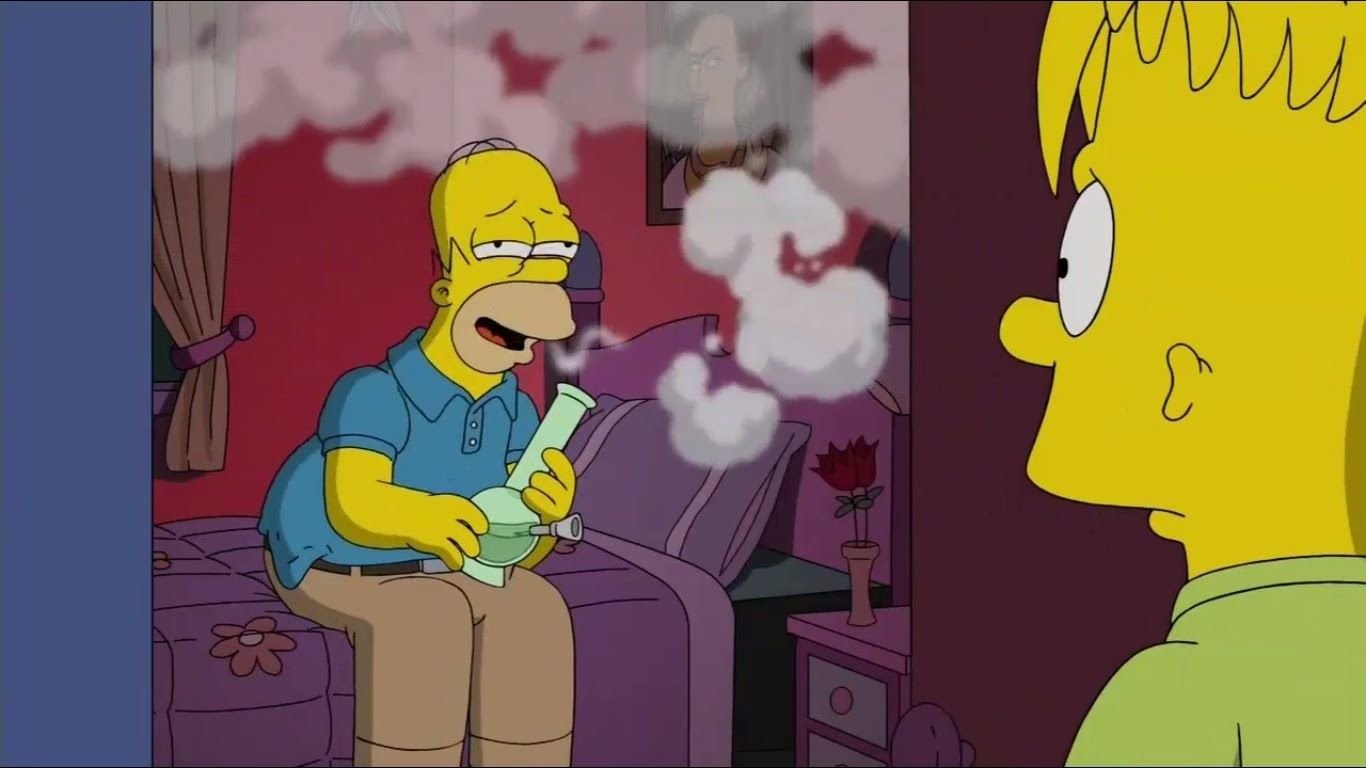The War on Weed: A Modern-Day Prohibition
Throughout history, societies have grappled with the prohibition of substances deemed harmful or morally objectionable. One notable example is the Prohibition era in the United States, when the government banned the production, sale, and distribution of alcohol from 1920 to 1933. Fast forward to the present, and we find ourselves witnessing a similar phenomenon with the war on weed. This time, it's marijuana that has been targeted.
By examining the parallels between these two campaigns, we can gain insight into the implications of the ongoing battle against cannabis.
One striking similarity between the two eras is the ineffectiveness of prohibition in achieving its intended goals. During the Prohibition era, alcohol consumption did not significantly decrease, but instead, the black market flourished. Similarly, despite decades of strict cannabis laws and enforcement, marijuana use remains prevalent today. According to a 2020 survey by the National Survey on Drug Use and Health, around 45% of Americans aged 12 and older reported using marijuana at least once in their lifetime.
Furthermore, both alcohol prohibition and the war on weed have fueled criminal activities and violence. During the Prohibition era, the illegal production and distribution of alcohol led to the rise of powerful criminal organizations, such as the infamous Chicago Outfit headed by Al Capone. Similarly, the criminalization of marijuana has created a lucrative black market, with organized crime syndicates profiting from its illegal trade. This criminal element not only undermines public safety but also burdens law enforcement resources that could be better utilized elsewhere.
Al Capone
Moreover, the prohibition of alcohol and marijuana share racial disparities in enforcement. During the Prohibition era, ethnic and racial minorities were disproportionately targeted, leading to increased social inequality. Similarly, the war on weed has had a disproportionately negative impact on communities of color. According to the American Civil Liberties Union (ACLU), despite similar usage rates across racial lines, African Americans are nearly four times more likely to be arrested for marijuana possession than their white counterparts. This stark disparity perpetuates systemic racism within the criminal justice system.
The economic consequences of both prohibition movements are worth considering as well. During alcohol prohibition, the government lost substantial tax revenue, and legitimate businesses associated with the alcohol industry were forced to shut down. Fast forward to today, and the legalization and regulation of marijuana have proven to be a potential economic boon. According to a report by New Frontier Data, the legal cannabis market is projected to reach $41.5 billion by 2025, creating countless job opportunities and generating tax revenue for states that have embraced legalization.
As the similarities between the war on weed and alcohol prohibition become apparent, so does the need for a paradigm shift in drug policy. Recognizing the failures of prohibition, a growing number of states and countries have begun to embrace cannabis legalization. By adopting a regulated and taxed approach, governments can mitigate the negative consequences associated with the black market and allocate resources towards education, harm reduction, and public health initiatives.
In conclusion, the parallels between alcohol prohibition and the ongoing war on weed shed light on the futility of attempting to eradicate a widely used substance through criminalization. Both campaigns have failed to achieve their intended goals, fueled organized crime, disproportionately impacted marginalized communities, and hindered economic growth. It is time for policymakers to learn from history and adopt a more progressive and evidence-based approach towards drug policy, shifting away from the costly and ineffective war on weed and embracing a system of regulation and control. Only then can we move towards a more just, equitable, and responsible approach to drug use and harm reduction.





